
Today, there are countless applications on the App Store and Google Play.
If you have an app in this growing, competitive market, you need to learn how to properly market them.
Simply creating a good app just isn’t enough.
There’s so much competition that you need to find ways to make your healthcare app stand out from the rest.
One of the first things you’ll want to consider is your business model.
Is the app going to be free with in-app purchases or will it have ads?
Is the mobile app going to be a paid model?
Any of these can work, but if you want to get more people to pay for your app, make sure it has tools or features that make it well worth the purchase price.
Once the app is created, you need to get it in front of the right audience.
Let’s look at some of the things you can do to get your healthcare app noticed and properly marketed.

Table of Contents
- Understand Whether Your App Needs FDA Approval
- HIPAA and GDPR
- Know Your Audience
- Learn the Demographic
- Create User Personas
- Optimize the Listing in App Stores
- The Name
- The Icon
- Highlighting Unique Healthcare Features
- Get User Reviews
- Encouraging Engaging User Testimonials
- Work With Medical Professionals and Other Health Experts
- More Credibility
- Approach the Right Expert
- Use Multiple Marketing Channels
- Your Website and Blog
- Social Media and Search Ads
Most of the time, a health app can be uploaded and marketed without any worries.
However, if the app is given a medical device classification, it would need FDA approval.
How are you using the app?
Make sure you understand how the app needs to be classified. If it’s being used as a medical tool, then it would need FDA approval, but if it’s used to automate processes or handle non-medical tasks, it likely won’t need to have FDA approval.

Check with the FDA on what does and doesn’t need to be approved.
- Some of the examples of what wouldn’t need to have FDA approval include:
- Medical dictionaries
- Translations of medical terms across languages
- Library of clinical descriptions for diseases and conditions
- Surgical training videos
- Interactive anatomy diagrams or videos
- Portals for healthcare providers
- Guides for patients to ask appropriate questions of their doctors
- Apps that determine billing codes
- Apps for managing doctor’s shifts

Photo Credit: nix-united.com
These are only some of the various types of healthcare mobile apps that will not need to have FDA approval.
Check the site at the link above for more information and reach out to the FDA if there is any question regarding your app’s need for approval.
1.1 HIPAA and GDPR
Healthcare is a sensitive subject, and certain types of healthcare apps will need to comply with other regulations.
HIPAA adherence will be required for many types of healthcare apps in the United States, whereas GDPR compliance would be required in Europe.

Of course, this only applies to apps that have patient information and that could pose risks to their privacy.
If you’re uncertain, you’ll want to research these laws further and consider consulting with an attorney.
Once you have a better idea of the target audience demographics for your app, it’ll be easier to market to them.
For example, you’ll want to start by understanding your app’s value.
What is it that your app will do for your users? What are the pain points you’re addressing with the app?
Your marketing efforts will need to be focused on the people who would benefit most from the app.

Photo Credit: medium.com
This could be a wide audience, or it could be a smaller, niche audience.
Below are some of the most important things you need to understand if you want to know your ideal audience.
2.1 Learn the Demographic
Market research can help you better identify your target audience. Some of the factors that can shape your target audience include:
- Location
- Age
- Gender
- Language
- Education
- Devices used
- Occupation
- Familial status
Understanding these things can help tell you how and where to market to reach your audience.

2.2 Create User Personas
After you understand the demographics and what your app can do for people, it’s time to start building personas.
The personas should include more than just the demographics, though.
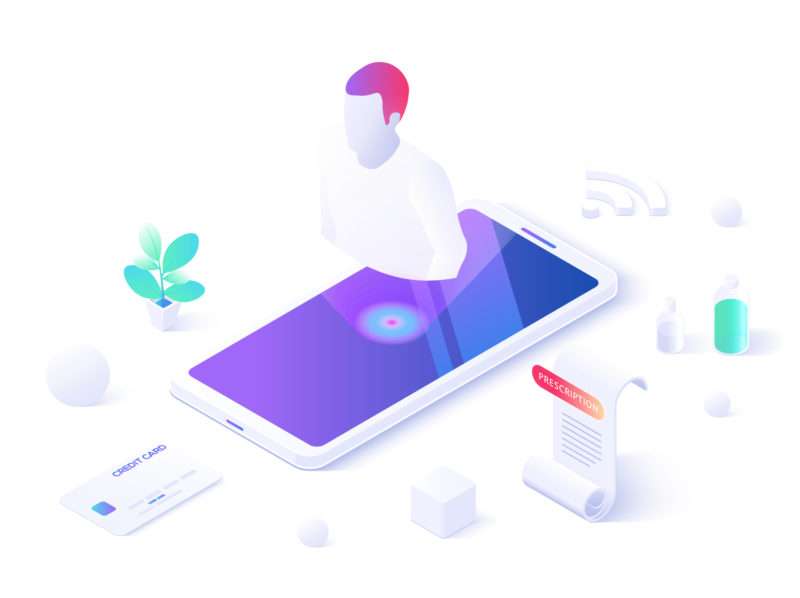
PRO TIP:
User personals should also include psychological demographics like personality traits, behavioral trends, and even values. Including these in your buyer personas can make it easier for you to determine how to market to them.
If you want to stand out from the crowd, you need to make sure your app is properly optimized for the App Store and/or Google Play.
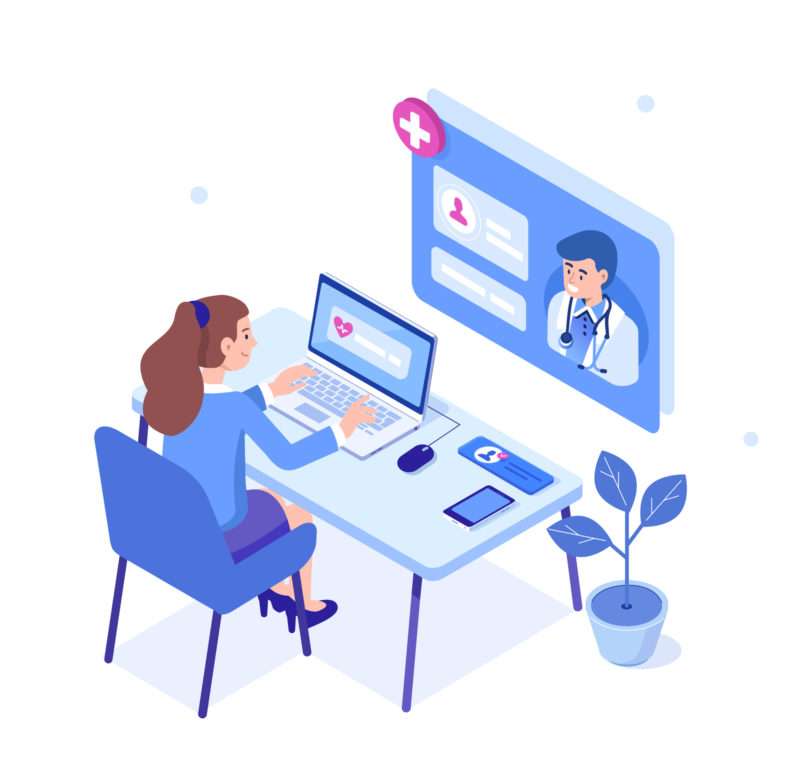
3.1 The Name
What are you going to name your app? Be careful, as this is more important than you might realize.
You don’t want a name that’s exactly like the name of other mobile apps in the store. You need a catchy name that people will remember and that will exemplify your brand.
Take some time to come up with a good name rather than rushing forward and pushing the app through to market. It can make a bigger difference than you may realize.
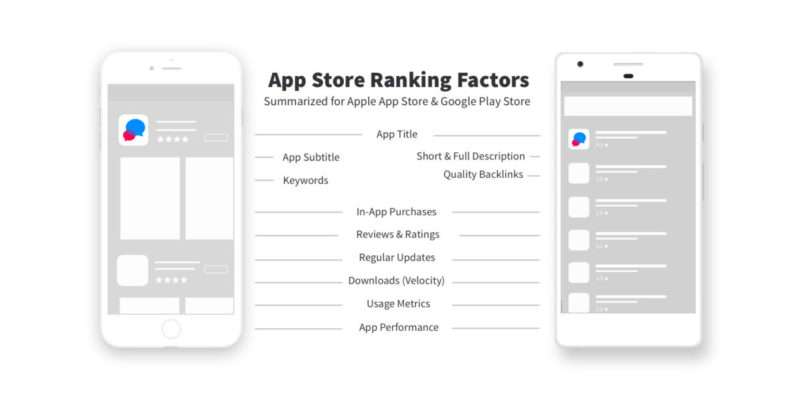
The title space for your app is just as important.
You should consider trying to add some keywords that relate to your healthcare niche, as it can help you to garner some added attention.
3.2 The Icon
Along the same lines, you need to have good artwork to get attention. Your name is important, but you can’t forget about the app art.
This is one of the first things that people see. It can draw them in or turn them away, so you need for it to be appealing and recognizable.
What you don’t want is for your app art to look like a dozen other apps out there. Quality, original artwork will help to eliminate confusion in the marketplace.

3.3 Highlighting Unique Healthcare Features
In the realm of healthcare apps, standing out in app stores isn’t just about visibility but also about clearly communicating what sets your app apart.
It’s essential to highlight your app’s unique healthcare features in the app store listing.
Focus on describing how your app addresses specific healthcare needs, be it through innovative health-tracking tools, secure data management, or personalized health advice.
When drafting this section of your listing, think about the aspects of your app that are most beneficial to your target audience.
If your app offers unique functionalities like remote health monitoring or integration with medical devices, make sure these are front and center.
Discuss any privacy features and data security measures you have in place – these are particularly important in the healthcare sector.
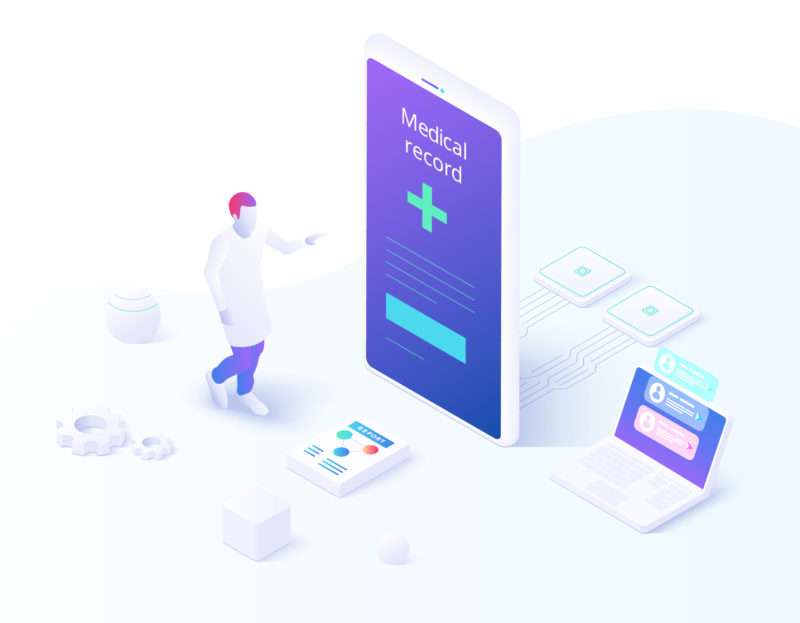
Remember, the goal here is to communicate your app’s value to potential users in a way that is both enticing and transparent.
Let them know exactly what health benefits they can gain from using your app, and why it stands out in the crowded healthcare market.
The majority of people won’t leave reviews.
Most of the time, reviews are only left when a user has a bad experience with your application, which is exactly when you don’t want a review to be left.
Good reviews, however, can make a big difference when it comes to getting people to download your app.
When there are reviews and ratings, it can provide your app with some added trust.
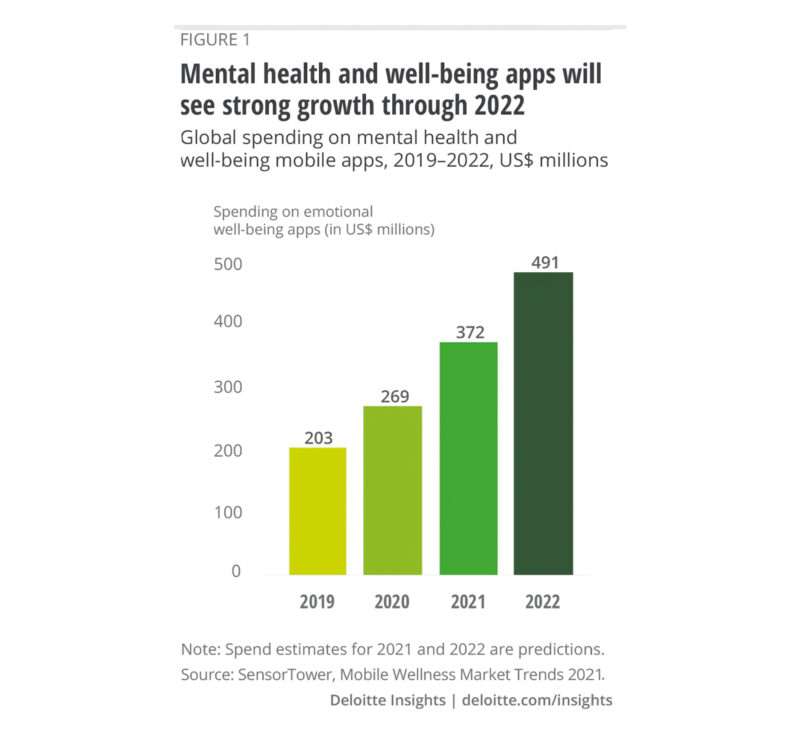
What you want to do is to encourage more people to leave reviews.
Fortunately, this can be easier to do than you might imagine.
4.1 Encouraging Engaging User Testimonials
User reviews are important, but in the healthcare app domain, in-depth user testimonials can be particularly impactful.
These testimonials go beyond simple reviews; they’re personal stories and experiences shared by users who have seen tangible health improvements or benefits from using your app.
To gather these testimonials, encourage your users to share their health journeys and how your app has played a role in them.
You might provide a feature within the app that allows users to easily share their stories or offer an incentive for those who take the time to provide detailed feedback.
When presenting these testimonials, do so with sensitivity and respect for privacy.
Anonymize personal details if necessary, and always get consent before sharing a user’s story.

A well-articulated testimonial can resonate with potential users, providing them with real-world examples of how your app can positively impact their health and wellbeing.
By showcasing genuine experiences, you not only build credibility but also create an emotional connection with your audience, demonstrating the real value your app brings to the healthcare space.
When you develop a high-quality healthcare app for mobile, you’ll need to win over the trust of your potential users. This can be difficult to do if you don’t have a record in the field.
Consider the benefits of having experts promote your app through their platforms.
If you have an app that helps to count calories, provides information on vitamins, etc., for example, a health blogger or nutritionist might support it.

5.1 More Credibility
However, when you work with medical experts in your niche, it can help to increase your trustworthiness.
These medical professionals can act as something of an app ambassador.
Potential users who are considering downloading your app will be more likely to follow through when it’s recommended by a medical expert, such as a doctor.

PRO TIP:
Try to connect with experts who are willing to review and recommend your app online and offline.
5.2 Approach the Right Experts
You don’t want to talk with just any doctors about your app. You want medical professionals and health experts that are right for the app.
Talk with those who would be a natural fit for the type of app you have created. This will generally provide you with the best results.

You can’t focus on just one method of marketing. Even if you work on getting great reviews, optimizing your listing, and having endorsements from healthcare professionals, you still need to advertise.
You should try several different methods of marketing to find those that will work best for your particular app.
Depending on the healthcare niche you’re filling you might find that ads on some sites will garner more traction for you than others.
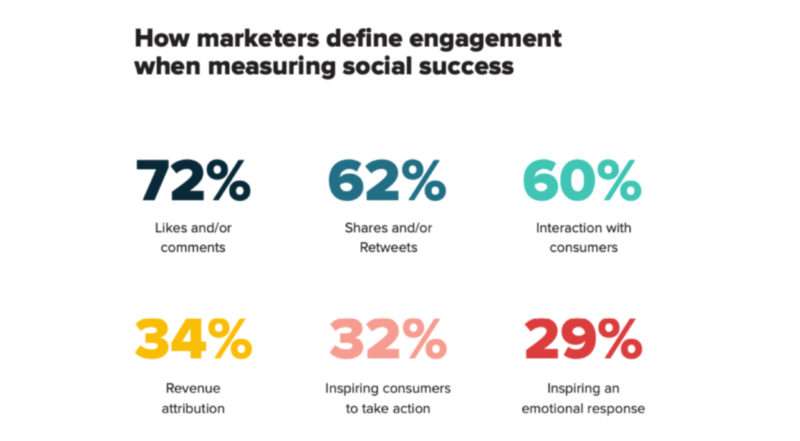
Photo Credit: smartinsights.com
6.1 Your Website and Blog
Your company and brand need to have a website and blog, not just an app you’re selling. Having a website helps to give you legitimacy.
It also gives you places where you can promote your app for free.
Creating content on your site and blog and talking about your niche and your app can be a good long-term way of getting more downloads.

6.2 Social Media and Search Ads
You also need to use your social media channels to promote your app. You can connect with your audience on these channels through organic means or by using paid ads.
Organic promotion simply means having a presence on sites like Facebook, Twitter, and Instagram where you can talk about your business, follow people in your audience and industry, etc.
With organic marketing, you don’t want to spam people with constant promotional posts.
Try to connect with the audience in meaningful ways and they will be more likely to download your app.

Photo Credit: smartinsights.com
Paid promotion utilizes onsite advertising and promotional tools through social media channels. It’s a great way to quickly increase engagement and discoverability for you and your app.
When you’re creating your ads, make sure you consider your target demographic.
Social media paid ad tools make it possible to narrow your audience to your specific niche.
There are also search ads for Google, as well as the Apple Store, that you can use.
These types of ads can help to put your app in front of the right audience.
You’ll find that using both organic and paid marketing is key to marketing your healthcare mobile app. Use those methods in addition to all of the other tips discussed above.
There’s a lot that goes into marketing an app, and things get even more complicated when trying to properly market a specific app category, such as a healthcare app.
There’s a lot to consider, such as HIPAA and GDPR, so doing your research and even hiring a lawyer or other professional proficient in health laws to help you navigate the process is crucial.
If you’re unsure where to begin in your healthcare app journey, our Simple Starter can help get you started. This package includes a detailed technical writeup of your app, wireframes, and market research.
What have been the biggest challenges you’ve faced in creating a health app?




